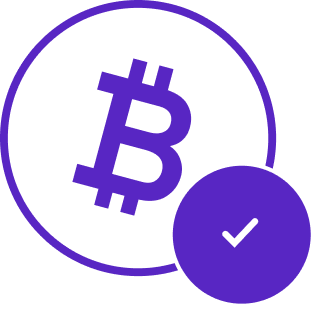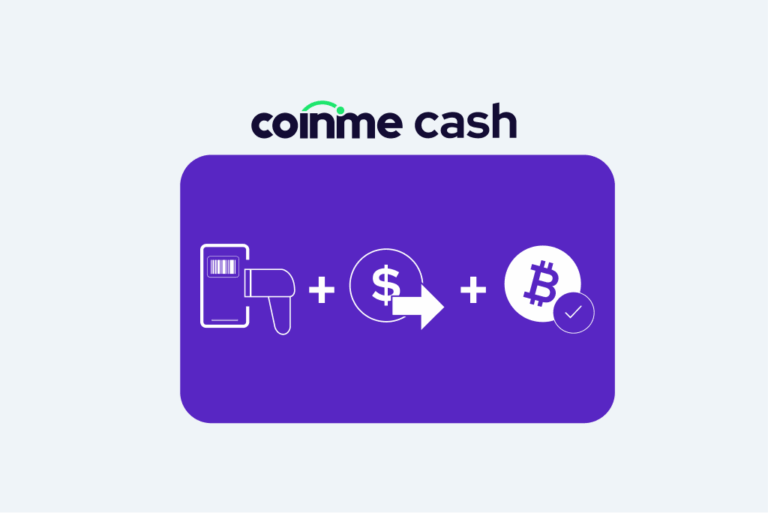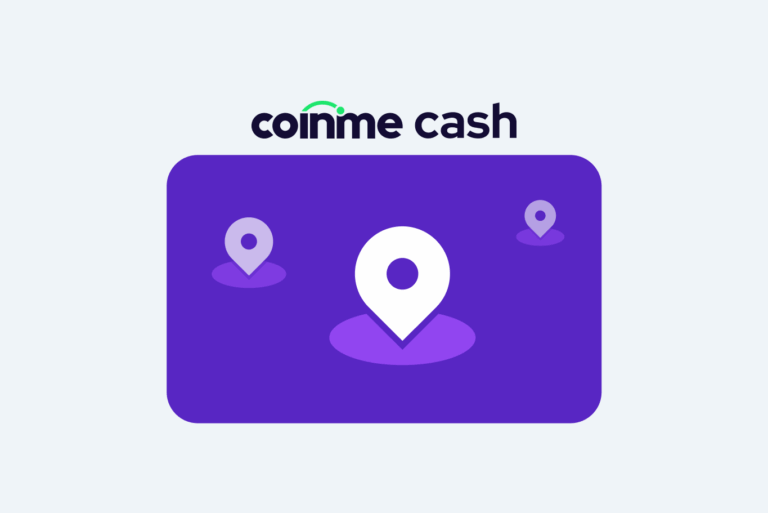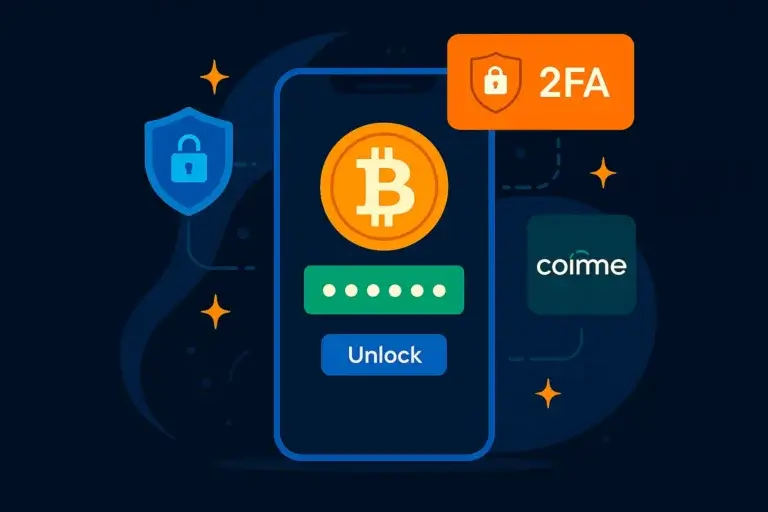Summary
Discover what XRP is, how it works, and why it matters. Learn how the digital asset powers fast, low-cost cross-border payments — and how you can get started with XRP today.
What is XRP?
XRP is the digital asset that powers the XRP Ledger, a blockchain-based payment system designed to move money across borders quickly and cheaply. XRP can be likened to a “bridge currency” connecting different global financial systems, allowing money to travel across countries as easily as sending an email.
While bitcoin is often described as digital gold and Ethereum as the internet of decentralized applications, XRP’s main purpose is much more focused: facilitating fast, efficient payments, especially international ones.
Who created XRP and when?
XRP was launched in 2012 by Ripple Labs, a company co-founded by Chris Larsen and Jed McCaleb. Interestingly, XRP wasn’t created through mining like bitcoin. Instead, 100 billion XRP were “pre-mined” at launch, meaning they were created all at once, with a large portion held by Ripple Labs to fund development and partnerships.
The project was envisioned as a better way to move money and one that avoided the slow, expensive systems used by traditional banks and remittance services.
How does XRP work?
At the heart of XRP is the XRP Ledger, a decentralized, open-source blockchain designed for high-speed transactions.
Unlike bitcoin or ether, XRP doesn’t rely on mining or proof-of-work to validate transactions. Instead, it uses a consensus protocol: a network of trusted validators (many of whom are independent from Ripple Labs) who agree on the validity of transactions every few seconds. This makes XRP transactions:
- Fast: Transactions usually settle in 3–5 seconds.
- Low-cost: Send or receive XRP for fractions of a cent per transaction.
- Scalable: The XRP Ledger can handle ~1,500 transactions per second.
In short, XRP was designed for speed and efficiency, making it appealing to financial institutions looking for a blockchain-based alternative to SWIFT or ACH.
What makes XRP different?
While many cryptocurrencies aim to decentralize everything, XRP has always had a more practical, payment-first approach. A few things set it apart:
- No mining: All XRP already exists, so it’s more energy-efficient than proof-of-work cryptos.
- Bank partnerships: Ripple has focused on working with financial institutions, including Santander, Bank of America, and SBI Holdings.
- Liquidity bridge: XRP can be used to facilitate currency exchanges. For example, you can use XRP to convert Mexican pesos to Japanese yen without needing an intermediary currency like the U.S. dollar.
How is XRP used today?
XRP is primarily used as a payment and settlement asset. Financial institutions and payment providers use it within Ripple’s products (like On-Demand Liquidity, or ODL) to move money across borders without needing to pre-fund bank accounts in foreign countries.
Beyond banks, XRP is also used by individuals for peer-to-peer payments, crypto trading, and even micropayments, thanks to its low fees.
And yes, you can buy, sell, and hold XRP like any other crypto asset. It’s available on many major exchanges and platforms (including Coinme).
How to get started with XRP
Getting XRP is pretty straightforward:
- Set up a crypto wallet or use a trusted platform.
- Buy XRP using USD, Bitcoin, or another crypto.
- Store it safely in your wallet or keep it on a secure, regulated platform.
You can also send XRP to others almost instantly, which makes it great for anyone who needs to move money across borders or simply wants to explore fast, low-cost crypto payments.
*Note: XRP availability may vary depending on your location and regulations.
Why XRP matters
In a world where sending money internationally can take days and rack up high fees, XRP offers a radically faster and cheaper alternative.
Its purpose isn’t to replace banks, but to help them evolve. XRP sits at the intersection of traditional finance and blockchain innovation, aiming to upgrade the plumbing of global money movement. It was developed to work in tandem with the traditional financial system to make it more efficient and speedier.
Even amid regulatory debates, XRP remains one of the most transacted and held cryptocurrencies in the world, proving that utility-driven crypto still has a strong role to play.
Final thought
If you’ve ever been frustrated with how slow or expensive it is to send money across borders, XRP might feel like a glimpse into the future. With fast transactions, minimal fees, and growing adoption among banks and fintechs, XRP continues to push the envelope on what global payments could look like in a blockchain-powered world.
To learn more about how to buy or sell XRP with cash, learn more about Coinme’s cash-to-crypto network here: https://coinme.com/buy-and-sell-crypto-with-cash/.





 today and save big! Get up to 35% more crypto for your cash at 10,000 retailers nationwide.
today and save big! Get up to 35% more crypto for your cash at 10,000 retailers nationwide. 


